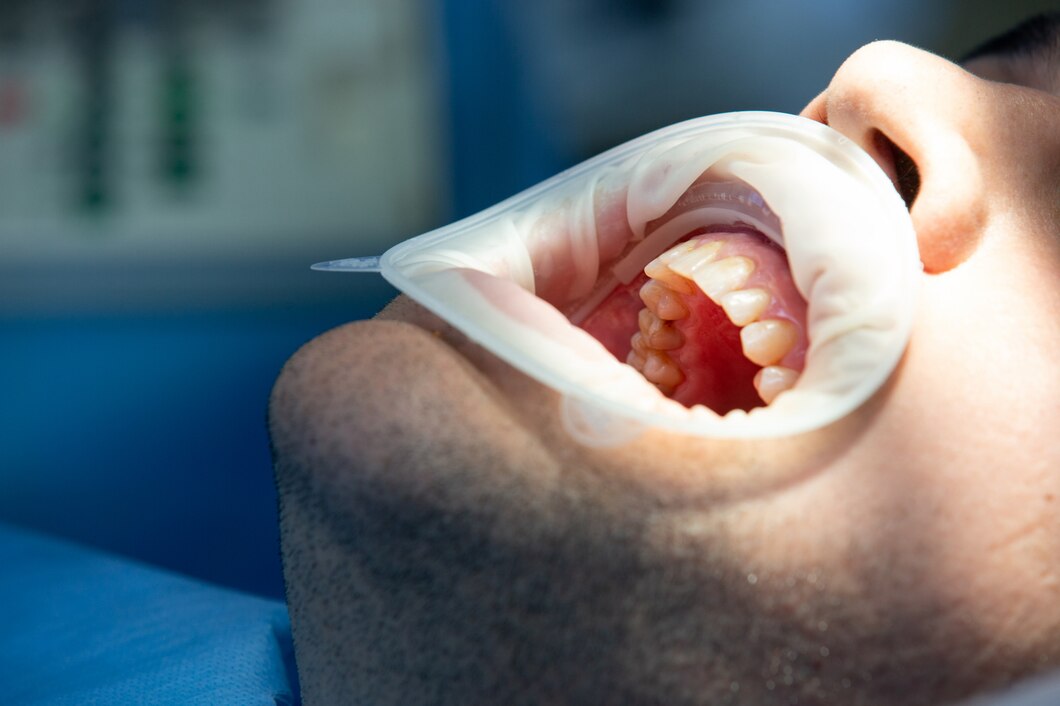Zirconia has become one of the most favored materials in modern dental restoration due to its superior properties. However, like any material, zirconia has both advantages and disadvantages that must be considered before use. A study by drg. Murti Indrastuti, M.Kes., Sp.Pros.(K) and Dr. drg. Sri Budi Barunawati, M.Kes., Sp.Pros.(K) highlights the importance of zirconia in prosthodontics, emphasizing its flexibility and aesthetics. Another study by drg. Herijanti Amalia Kusuma, S.U., Sp.Pros.(K) and Dr. drg. Endang Wahyuningtyas, M.S., Sp.Pros.(K) compares the fracture resistance of zirconia-porcelain crowns with porcelain-fused-to-metal crowns, demonstrating zirconia's superior structural durability, though the finishing line used affects the final outcome. These studies confirm zirconia’s status as a leading material in dental restoration, but its application requires advanced expertise in both design and installation techniques to maximize its benefits.
Here is a list of the advantages and disadvantages of zirconia in dental restoration:
Advantages of Zirconia in Dental Restoration
- High Mechanical Strength: Zirconia can withstand high chewing forces, making it suitable for posterior restorations.
- Long-Lasting Durability: It resists cracking, wear, and breakage, giving it a longer lifespan than other materials.
- Aesthetic Appeal Similar to Natural Teeth: With translucent technology, zirconia provides a natural appearance, especially for anterior restorations.
- Biocompatibility: Zirconia does not cause allergic reactions or irritation, making it safe for patients with metal sensitivity.
- Resistance to Corrosion and Stains: It maintains its color and structure even with long-term use.
- Versatile Applications: It can be used for various restorations, including crowns, bridges, inlays, and onlays.
Disadvantages of Zirconia in Dental Restoration
- Higher Cost: The advance CAD/CAM technology required for zirconia production makes it more expensive than other materials.
- Potential for Wear on Opposing Teeth: If not properly polished, zirconia may cause abration to adjacent teeth.
- Susceptibility to Fractures Under Certain Conditions: Despite its strength, zirconia is less flexible, making it prone to cracks under uneven pressure.
- Complex Manufacturing Process: Requires specialized technology and expertise, which may not be available in all dental clinics.
- Difficult to Modify After Placement: Once installed, zirconia is harder to adjust or repair compared to materials like metal or composite resin.
By weighing the advantages and disadvantages of zirconia, dentists can guide patients toward the best restorative solution that meets their clinical needs and budget. Zirconia remains a top choice for those seeking aesthetic, durable, and safe dental restorations. The use of zirconia in dental restoration aligns with several Sustainable Development Goals (SDGs): SDG 3: Good Health and Well-being – Ensuring optimal oral health and enhancing patient well-being; SDG 9: Industry, Innovation, and Infrastructure – Driving medical innovation, such as the development of advanced zirconia-based restorations; and SDG 12: Responsible Consumption and Production – Encouraging sustainable dental care practices and responsible material usage in the dental industry.
References
drg. Murti Indrastuti, M.Kes, Sp.Pros.(K), Dr. drg. Sri Budi Barunawati, M.Kes., Sp.Pros.(K), Zirconia and Its Use in Prosthodontics, https://etd.repository.ugm.ac.id/penelitian/detail/204687
drg. Herijanti Amalia Kusuma, S.U., Sp.Pros(K), Dr. drg. Endang Wahyuningtyas, M.S., Sp.Pros.(K), Comparison of Fracture Resistance Between Zirconia-Porcelain and Porcelain-Fused-to-Metal Crowns with Chamfer and Shoulder Finishing Lines, https://journal.ugm.ac.id/jkg/article/download/30008/18074
Author: Rizky B. Hendrawan | Photo: Freepik



